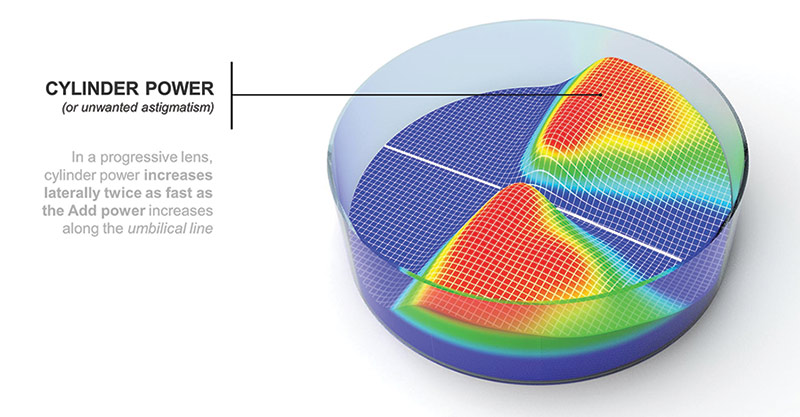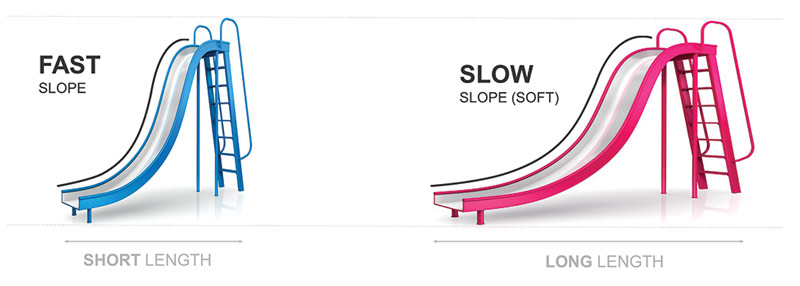Sponsored by IOT
By Deborah Kotob, ABOM
This article intends to show opticians what lens designers consider when developing patient use specific PAL designs.
Marcos Garcia, director of technical services for IOT, states the following: “Progressive lenses are designed with specific wearers or activities in mind. Lens designers consider the ultimate use of the lens when determining the placement of powers and unavoidable aberrations. For example, for people using lenses to view digital devices, careful attention must be paid to the ergonomics of the lens and the progression profile. For outdoor use and physical activities, it is very important to minimize dynamic distortion. After a theoretical design is created, it should always be tested in real-life conditions with well-controlled wearer trials. This is the key to determining patient satisfaction and proving the theoretical hypothesis behind the creation of a new lens design.”

“Most progressive lenses dispensed today would be classified as hard designs. These give the wearer large areas of clear visual fields with none or very low optical aberrations, although the unusable areas tend to have high optical aberrations. On the other hand, soft designs have narrower visual fields but their gradients of optical aberrations are much lower and therefore they have lower peaks of unwanted optical aberration. In fact, I normally see that soft designs tend to have a lower maximum unwanted astigmatism than the total add power. In my experience, soft designs are easier to adapt to for new progressive wearers, while experienced progressive users are normally more satisfied with harder designs. Something maybe even more important, is that normally a wearer can adapt to a harder design coming from a softer design, but the opposite adaptation from harder to softer designs is less likely to happen.” Garcia further states that in his experience, “A design is a hard design when the total unwanted cylinder power is slightly higher than add power, if lower than the add power the design is softer, and if less than 90 percent, it is a very soft design.”
A progressive lens is created along an umbilical line. You can think of the umbilical line as the backbone of the progressive lens. It goes more or less through the middle of the lens from top to bottom and power increases along that line until full addition power is reached. The power changes from distance at the top to intermediate to near Rx. The progression profile is a key element that defines a lens and represents how fast or slow the addition power builds.

IOT uses the analogy of two playground slides to illustrate the umbilical progression differences between hard and soft PAL designs. In the slide on the left, the rate of slope is steep so the power progression is fast. The slide on the right has a longer gentler rate of slope, so the power progression to reach the full add power is slower. On the slide with the fast slope the ground is reached faster. On the slide with the slow slope, the ground is reached more slowly. The same thing happens with progressive lenses, the progression profile is an element of design chosen to create a specific viewing experience for wearers.
Using a fast slope can provide progressive wearers with quicker access to the intermediate and near zones and wider viewing areas BUT it is accompanied by a higher peak of unwanted lateral power. By using a slow progression profile, peak unwanted lateral cylinder power is reduced, but so are crisp viewing areas.
Lens designers create different progressive lenses by using the power profile and other elements of the lens, to specifically place visual fields where they matter most for the wearer.
There is nothing simple about progressive power profiles as illustrated here but the good news is that the designs can be optimized for the maximum benefit for PAL wearers depending on their most prominent daily tasks.













